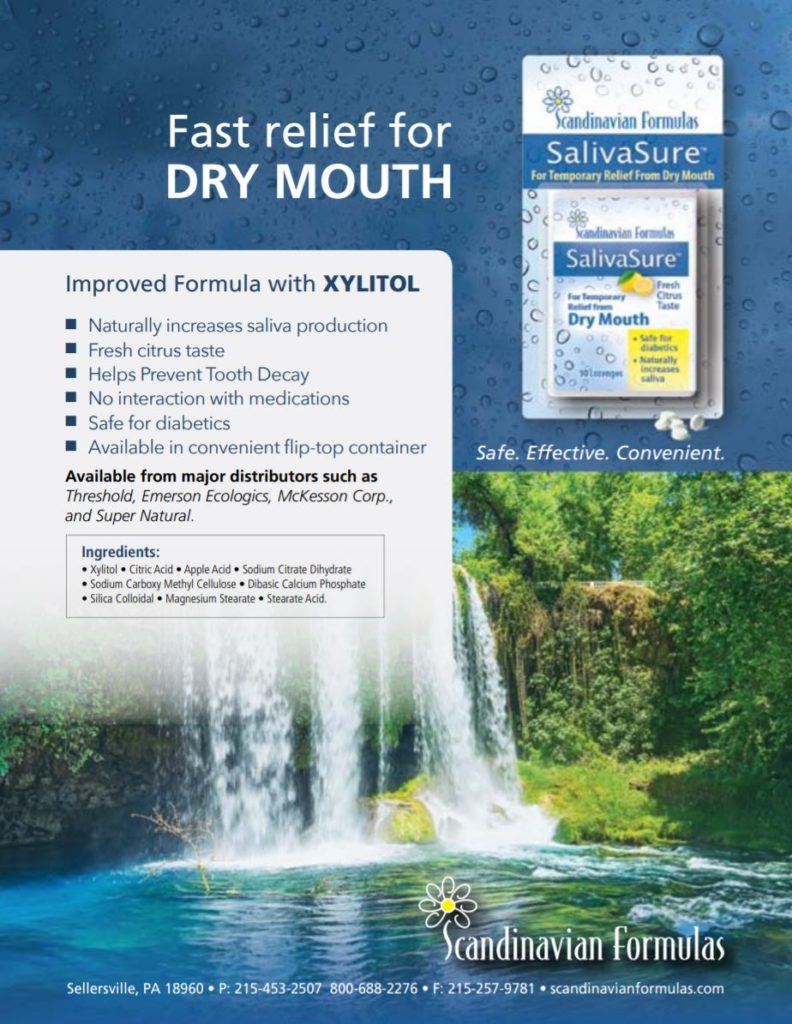…article continued:
After a median duration of observation of three years, 91 recurrences were observed. The investigators concluded that despite the limited number of patients and time of observation, a marked effect of tamoxifen on recurrence rate was observed in postmenopausal patients as well as:
• An even higher reduction in the rate of recurrence was achieved when estrogen was added to the tamoxifen therapy.
• ER assay positivity did not correlate adversely with prognosis among patients treated with estrogen.
• There were no recurrences among the ER-positive patients who received adjuvant estrogen therapy.
DES vs. Tamoxifen
Dr. JoAnn Manson, one of the lead researchers on the WHI, has come around to looking at estrogen in a new way. Dr. Manson said the breast protective effects seen in the estrogen-only arm in the WHI was probably due to estrogen’s ability to act like tamoxifen. But tamoxifen is an anti-estrogen. How can an estrogen act like an anti-estrogen? Oy veh.
To answer this question, we have to go back to DES (diethylstilbestrol), the most powerful synthetic and pharmaceutical estrogen ever invented, fifty times more powerful than our own naturally-made estrogen. Sir Charles Dodds, the same doctor and scientist who invented plastics (which are also estrogenic), created it.
DES was given to many millions of pregnant women for 36 years. It was outlawed in 1971 when it was finally proven to be the most powerful endocrine-disrupting and cancer-causing drug even invented. It is now labeled a Class-1 carcinogen, never to be used during pregnancy. But it was the preferred method of treating metastatic breast cancer in the 1960s and 1970s. Metastatic cancer is when cancer cells have spread from the initial primary tumor out into other parts of the body. This is diagnosed as a life-threatening stage 4 cancer.
How can that be? The original studies showed it shrank tumors in many women with breast cancer. DES was so effective that it was described as making tumors dissolve in 30% of women treated with it.
Craig Jordan, PhD, (credited with getting Tamoxifen recognized as a breast cancer treatment and now working on hormone therapies for breast cancer patients so they don’t miss out on a higher quality of life), said, “Large tumors would just melt away, but you needed sledgehammer doses to do it—50 times more than a woman would normally have in her body.” Thus, DES was used until tamoxifen was found to work as well—not better, but with less adverse effects; DES was being linked to other nasty things. When the Mayo Clinic’s 1981 head-to-head comparison of tamoxifen with DES showed similar response rates—and far fewer adverse responses in tamoxifen users—breast oncologists switched en masse to the newer agent. By that time, DES had also gained a reputation for producing a rare vaginal tumor cancer in the daughters of women who used DES to sustain their pregnancy.
The longer-term follow-up studies were rather mind-bending. The Mayo Clinic ran a follow-up analysis of one of its older studies comparing DES treatment to tamoxifen treatment on breast cancer patients. This follow-up study showed that some breast cancer patients treated with DES actually lived longer compared to those treated with tamoxifen. How? The Mayo Clinic researchers were able to show that estrogens, given at the right time (and the “timing” is a big part of this deal) can deliver signals to breast cancer cells to instruct them to “die.” This is exactly what Dr. Jordan had been talking about.
Sometimes robust estrogens, like DES, can make breast cancer cells that were not responsive to drugs like tamoxifen start to respond. A Norwegian study published in 2001 showed that half of 32 breast cancer patients who had become resistant to tamoxifen or other endocrine therapies, once treated with high-dose DES then became responsive to the endocrine therapies. This meant that a woman who had become non-responsive to tamoxifen or an anti-aromatase inhibitor could be rebooted to once again respond to them by the use of a powerful estrogen.
The natural next question was: could a woman’s own home-grown estrogen be protective like DES, too? The answer was yes.
Matthew Ellis, MD, PhD, director of the breast cancer program at Washington University in St. Louis, answered this question and published his results. Dr. Ellis showed that giving both high-dose natural estrogen (30 mg/day) or low-dose estrogen (6 mg/day) to women with metastatic breast cancer, who had failed aromatase inhibitors, helped effectively kill breast cancer cells. These women were given oral estradiol, identical to the active form of estrogen inside a women’s body. The estradiol shrank tumors in 30% of the women. The adverse side effects from the estrogen therapy, especially the lower dose, were less toxic than from chemo, and certainly less costly.53-59
It always boggles my mind when some women come to me after working with other doctors trying to find the right HRT dosage but getting no or bad results on high dosages of estrogen. Why? You just learned. High dosages of estrogen “turn OFF” the estrogen receptor. They are not to be regularly used as hormone therapies, but rather cancer therapies.
Interest in DES rekindled following the 1999 long-term follow-up of the original Mayo Clinic study that showed patients treated with DES had increased survival compared to tamoxifen-treated patients.60 Then, in 2001, a Norwegian study of 32 breast cancer patients who had become resistant to endocrine therapy showed that almost half of the participants responded to high-dose DES.61
We are not recommending DES to treat cancer but rather showing that estrogenic compounds can be cancer killing and protective.







